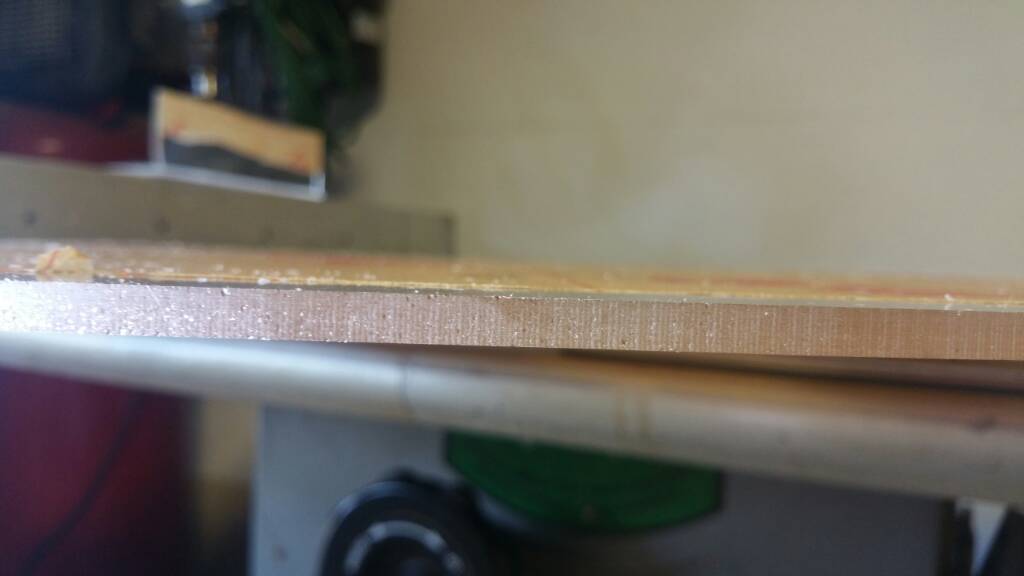I find black acrylic hard to polish up well. Any haze at all is also a little less black (greyish color). I wet sand to 3000 & then use novus. But it seems impossible to get a finish near original.First is it on the outside? if so I think you are on the right track
You need to "wet sand" the large scratches so you cannot feel them with your finger nail. Maybe 600 grit or 800 grit. Try to go in 1 direction only. It makes it a bit less messy if you tape off the area, so you are not sanding any more area than needed. Then using finer and finer wet sand paper, you sand in the opposite direction each time you change grits. Once you get to 3000 grit, its time to polish. You can do this with a buffing pad like they use to polish a car or a drill mounted sponge made for this. Novus or Meguiars makes polishing liquids. If you are at 3000 grit you can use the Novus #1 to polish/clean the area. Try not to put too much pressure on the pad or cloth or you will create more swirl marks. Use a lot of water with the polish. This will make for less haze., but a bigger mess. I find that if I still have some haze I use a new clean microfiber cloth to finish off the area. Make sure between sanding and polishing you clean the area as not to create more scratches. It also helps to change polishing pads often. I find if I do the final polishing by hand it comes out better than with power tools. This is a labor intensive process. Easier to do with an empty tank. I have spent hours restoring tanks so it can be done. Remember that people will be looking into your tank at the wonders. Only you are going to see those very fine haze scratches.
Any tips ?




















